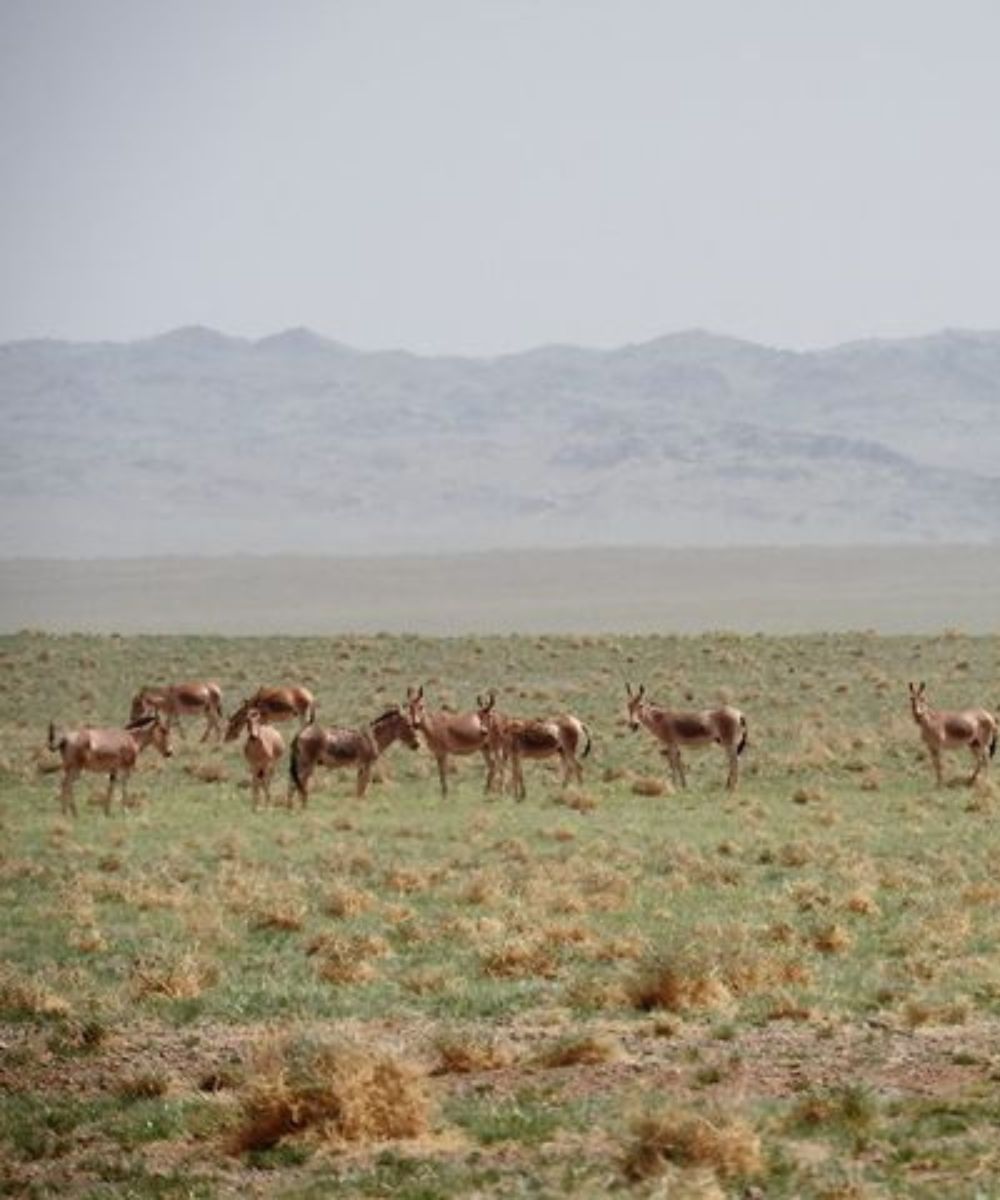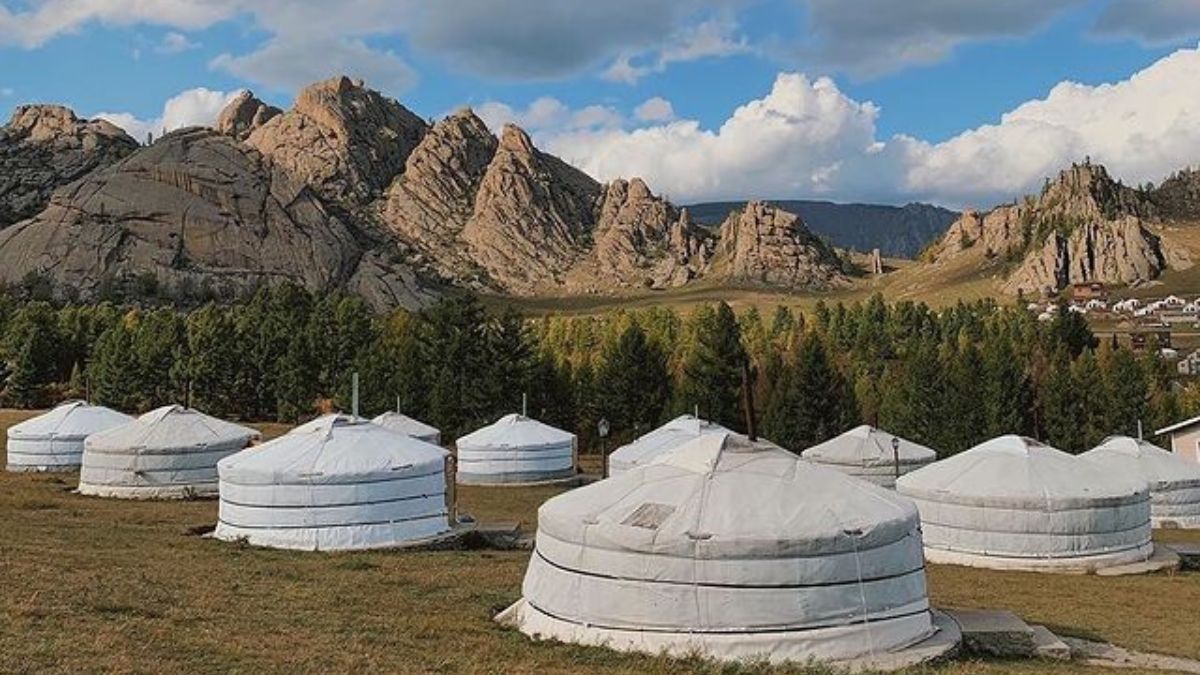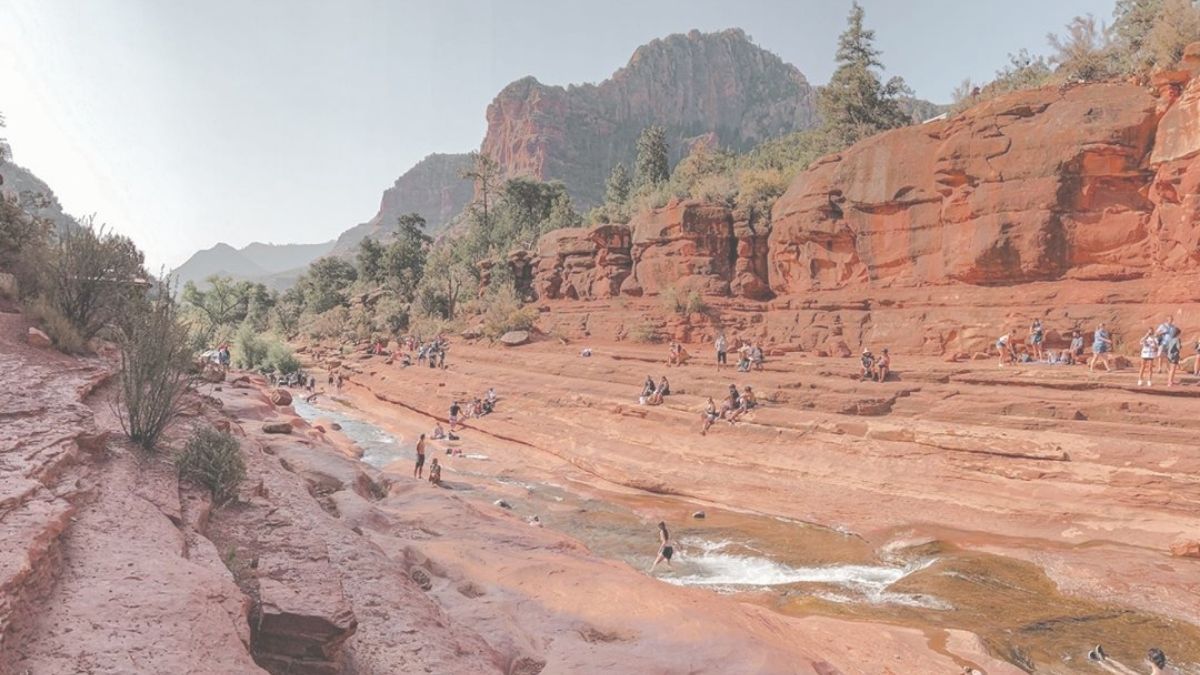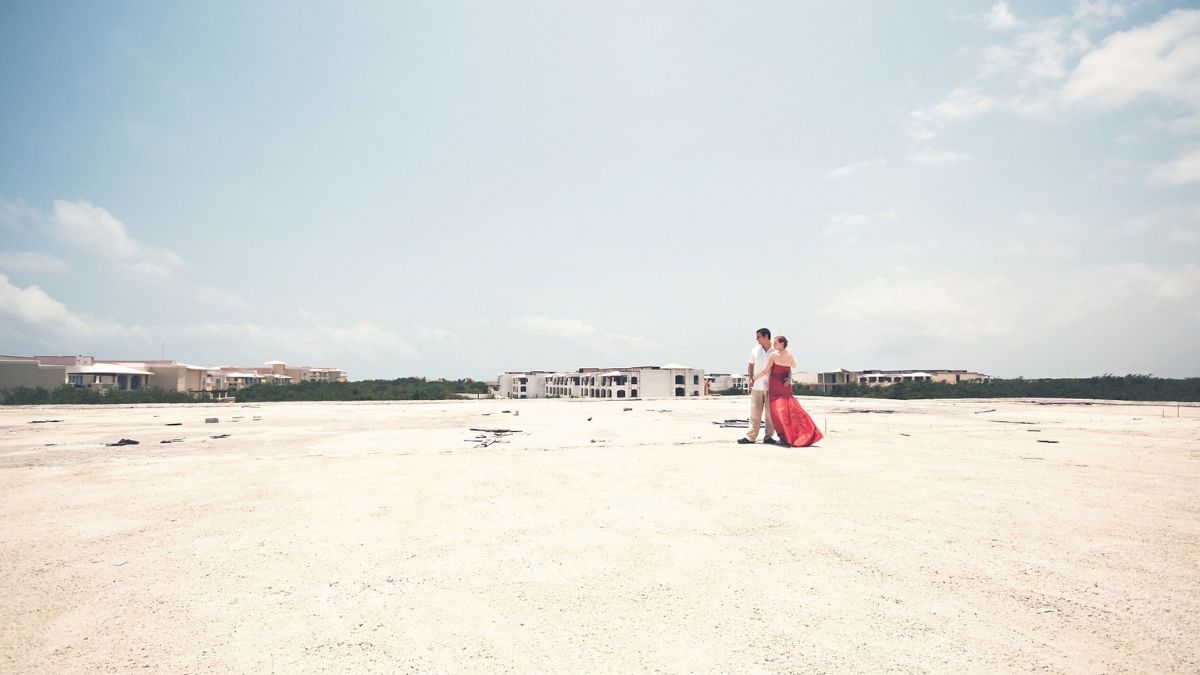Mongolia is a fascinating country with a rich history and culture. Visitors can explore the ancient capital of Kharkhorin, visit Buddhist monasteries, and experience the nomadic lifestyle. Mongolia is also home to some of the most spectacular scenery in Asia, including the Gobi Desert and the Altai Mountains.
Whether you’re interested in history, or culture, or simply want to enjoy beautiful scenery, Mongolia is an excellent choice for a vacation destination.
Mongolia is a landlocked country in East Asia bordered by Russia to the north and China to the south. It has a rich history and culture, having been home to some of the world’s most famous empires including the Mongols, the Qing Dynasty, and the Russian Empire. Mongolia is now a democracy with a vibrant economy and a rapidly growing tourism industry.
Visitors to Mongolia can experience its rich history and culture firsthand by visiting sites such as the capital city of Ulaanbaatar, which is home to museums, temples, and other historical landmarks. Outside of Ulaanbaatar, visitors can explore the Gobi Desert, go hiking or horseback riding in the beautiful Mongolian countryside, or visit nomadic families who still live in traditional yurts. No matter how you choose to spend your time in Mongolia, you’re sure to have an unforgettable experience exploring this fascinating country.
 What is Mongolia Known for
What is Mongolia Known for
Mongolia is a landlocked country in East Asia. It is bordered by Russia to the north and China to the south, east, and west. Ulaanbaatar, the capital and largest city, is home to about 45% of the population.
Mongolia’s political system is a parliamentary republic. The president is an elected head of state, while the prime minister is the head of government. Mongolia has a rich history and was once the largest contiguous empire in world history – The Mongol Empire – covering much of Asia and Eastern Europe from 1206-1368 AD.
In more recent history, Mongolia has seen some turbulent times including Soviet rule (1924-1990) and democratic reforms (1990-present). Today, Mongolia is known for its traditional nomadic culture as well as its vibrant capital city of Ulaanbaatar which mixes modernity with tradition. Nature lovers will enjoy Mongolia’s wide open steppes and vast natural scenery including the Gobi Desert – one of the largest deserts in Asia.
Outdoor enthusiasts can find plenty to do in Mongolia such as hiking, horseback riding, camping, fishing, and hunting.
What are the Main Attractions in Mongolia
The geography of Mongolia is varied, with the Gobi Desert to the south and cold, mountainous steppes to the north. Much of the country is rugged and remote.
The climate ranges from arctic in the far north to subtropical in the far south. Mongolia has a rich history dating back thousands of years. It was once part of great empires such as those of Genghis Khan and Kublai Khan.
Today, it is a vibrant democracy with a rapidly growing economy fueled by mining and tourism. Some of Mongolia’s most popular tourist attractions include its beautiful scenery, ancient ruins, traditional culture, and hospitable people.
How Can I Experience the Rich History And Culture of Mongolia on Vacation
Here are some ways you can experience the rich history and culture of Mongolia on vacation:
Visit Ulaanbaatar, the capital city of Mongolia. Ulaanbaatar is home to many historical and cultural attractions, such as the National Museum of Mongolian History, which chronicles the country’s long history; Gandantegchinlen Monastery, one of the largest Buddhist temples in Mongolia; and Choijin Lama Temple Museum, which houses an extensive collection of Tibetan art.
Explore Kharkhorin, the ancient capital of Mongolia. Kharkhorin was founded in 1220 as the capital of Genghis Khan’s empire. Today it is home to several important historical sites, including Erdene Zuu Monastery – one of Mongolia’s oldest Buddhist monasteries – and Otgon Tenger Uul Nature Reserve – a beautiful protected area that is home to rare plants and animals.
Go on a camel trek through the Gobi Desert. The Gobi Desert is one of Mongolia’s most iconic landscapes. A camel trek is a great way to explore this unique environment and get a taste of traditional nomadic life.
You’ll also have the chance to see some amazing wildlife, such as Bactrian camels, cashmere goats, and snow leopards.
Visit Lake Hovsgol, National Park. Lake Hovsgol is Mongolia’s largest freshwater lake and an important site for biodiversity conservation.
History of Mongolia Book Grand Tour
Mongolia has a history that goes back more than 2,000 years.
The first recorded use of the word “Mongol” dates back to 1206 AD when it was used by Genghis Khan in reference to his own people. The Mongols were originally nomadic people who roamed the steppes of Central Asia. They were expert horsemen and warriors and conquered many lands during their time.
The Mongol Empire was one of the largest empires in world history and at its peak controlled large parts of Europe, Asia, and the Middle East. Today, Mongolia is a peaceful democracy with a growing economy. However, it still faces some challenges such as poverty and environmental degradation.
The Grand Tour was an educational rite of passage for young men from wealthy families in 18th-century Europe. The young men would travel around Europe, usually accompanied by a tutor, visiting different countries and cities where they would learn about art, culture, and history. During their travels, they would often purchase souvenirs or gifts for friends and family back home.
One popular gift item was a book about the places they visited. The Grand Tour books were usually lavishly illustrated with drawings or paintings of famous landmarks or sights. They sometimes included maps, but more often than not they were simply picture books meant to be enjoyed for their visual appeal rather than any practical purpose.
Today these books are highly sought after by collectors due to their rarity and historical value.
Best Books on Mongolia
Mongolia is a fascinating country with a rich history and culture. If you’re looking for the best books on Mongolia, you’ve come to the right place. We’ve compiled a list of the top books about Mongolia, ranging from history and culture to travel guides and fiction.
Whether you’re looking to learn more about this fascinating country or simply want to be transported to another world, these books are sure to satisfy you. History buffs will love The Mongols by John Man. This comprehensive history covers everything from the origins of the Mongol people to the rise and fall of their empire.
For a more in-depth look at Genghis Khan and his descendants, check out The Rise and Rule of Tamerlane by Timur Kuran. If you’re interested in Mongolian culture, The Secret History of the Mongols is a must-read. This epic poem tells the story of how the Mongols came to rule over much of Asia and feature some of Genghis Khan’s most famous exploits.
For something lighter, try Mr. Smile by Galsan Tschinag, which tells the charming story of a young boy growing up in rural Mongolia in the 1950s. For travelers, Lonely Planet’s Mongolia guide is an essential resource. In addition to providing practical information about visiting Mongolia, it also offers insights into local culture and customs.
And for those who dream of escape, there’s always Jack London’s classic novel White Fang, set in Alaska but with strong Mongolian influences throughout.
 Mongolian History
Mongolian History
Mongolian history is a fascinating subject. Mongolia has a long and rich history, dating back to the days of the Mongol Empire. Today, Mongolia is a modern country, but its past is still very much alive.
Here are some key facts about Mongolian history: -The Mongol Empire was founded in 1206 by Genghis Khan. At its height, the empire stretched from China to Europe.
-Mongolia was ruled by the Chinese for centuries, until 1911 when it declared independence.
-During World War II, Mongolia allied with the Soviet Union against Japan. After the war, Mongolia became a communist state.
-In 1990, communism fell in Mongolia, and democracy was established. Since then, Mongolia has continued to develop and modernize at a rapid pace.
Mongolian Books
Mongolian history is fascinating, and Mongolian books are the perfect way to learn more about this unique culture. From ancient texts to modern novels, there is a wealth of literature available on the subject. Some of the most famous Mongolian books include The Secret History of the Mongols, which chronicles the rise of Genghis Khan and his dynasty; The Journey to the West, a Chinese classic about a monk’s pilgrimage to India; and Gobi Desert Blues, a contemporary novel set in Mongolia’s Gobi Desert.
Whether you’re looking to learn more about Mongolia’s rich history or get lost in a good story, these Mongolian books are sure to satisfy you.
Books by Mongolian Authors
Although Mongolia is a relatively small country, it has a long and rich literary tradition. Mongolian authors have produced a wide range of works, from traditional folktales to modern novels and poetry. Some of the most famous Mongolian authors include Damdinsuren Zorigt (who wrote the classic novel The Story of the Weeping Camel), Gombojav Natsagdorj (one of the founders of modern Mongolian literature), Tsendiin Damdinsuren (a leading poet), and Sarnai Dovdon (a contemporary novelist).
Mongolian literature often deals with themes of nomadic life, nature, and history. It often has a strong sense of place, depicting the unique landscapes and cultures of Mongolia. Mongolian authors have been increasingly translated into other languages in recent years, making their work more widely available to international audiences.
Mongolian Environment
The Mongolian environment is one of the most unique and fragile on Earth. It is a land of extremes, where cold winters and hot summers create an environment that is harsh but also beautiful. The country’s diverse landscape includes steppes, deserts, mountains, and forests.
Mongolia is home to a variety of plant and animal life. Many of the country’s plants are used for medicinal purposes. Mongolia’s animals include the argali (wild sheep), ibex, red deer, brown bear, lynx, wild boar, wolves, foxes, hares, weasels, hedgehogs, squirrels, voles, mole rats, and mice.
There are also many species of birds including eagles, hawks, owls, vultures, pigeons, ducks, geese, and swans. The Mongolian government has taken steps to protect the environment. In 2009 it established the Ministry of Environment and Green Development.
The ministry is responsible for environmental policymaking, legislation, monitoring, and enforcement. It also works to raise public awareness about environmental issues. One of the biggest threats to Mongolia’s environment is climate change.
The country is experiencing more extreme weather conditions such as droughts and floods. These conditions have a negative impact on agriculture, which is a major source of income for many Mongolians. Climate change also threatens the country’s wildlife.
As temperatures rise, some animals are struggling to adapt. For example, snow leopards rely on deep snow to camouflage themselves from prey but with less snowfall, they are easier to spot. This makes them more vulnerable to being hunted by poachers.
Mongolia has made some progress in combating environmental problems but there is still much work to be done.
Mongolia Traditions
Mongolia has a rich history and culture that is steeped in tradition. From the traditional Mongolian yurt to the intricate patterns of their carpets, the people of Mongolia have a unique way of life that is deeply rooted in their past. One of the most important aspects of Mongolian culture is their nomadic lifestyle.
For centuries, the Mongolian people have lived a nomadic lifestyle, moving from place to place in search of new grazing grounds for their herds. This way of life has shaped everything from the way they build their homes (yurts) to the way they dress (in warm, practical clothing). Even today, many Mongolians still live a nomadic lifestyle, although some have settled into more permanent dwellings in recent years.
Another key part of Mongolian culture is its strong sense of family and community. In Mongolia, it is common for extended families to live together in one ger (yurt). This close-knit living arrangement fosters a strong sense of community and cooperation among family members.
It also means that everyone plays an important role in supporting and caring for one another. Mongolians are also known for their hospitable nature and love of visitors. Whether you’re staying with a family in a ger or camping out on your own, you can expect to be treated with warmth and generosity by your hosts.
Visitors are often treated to traditional Mongolian cuisines such as buuz (steamed dumplings) or khorkhog (a meat dish cooked inside a metal pot). And if you’re lucky, you might even get to experience a traditional folk performance or two!
Mongolian Literature
Mongolian literature is some of the oldest and most beautiful in the world. The country’s epic poem, The Secret History of the Mongols, is a national treasure, and its oral tradition is rich and varied. Mongolian literature often reflects the country’s nomadic heritage, and its writers are known for their poetic and lyrical style.
What To Do Visitor?
Visitors can explore ancient Buddhist temples, go horseback riding across the steppe or visit a traditional Ger (yurt). For those interested in adventure travel, Mongolia offers some of the best hiking and camping opportunities in Asia. With its friendly people and stunning scenery, Mongolia is a great destination for those looking to get off the beaten path.
Conclusion
Mongolia has its own unique history and culture. For example, the Mongolian script is derived from the Uyghur alphabet, which itself was based on Sogdian.
The script began to be used during the 13th century when Genghis Khan united the Mongolian tribes under one banner. The Mongol Empire was the largest contiguous empire in world history, covering much of Asia and Eastern Europe. At its peak, it included modern-day Mongolia, parts of Siberia, China, India, Pakistan, Iran, and Iraq.
The Mongols were known for their skill in warfare and for their horsemanship. They were also known for their brutality; during his conquest of China, Genghis Khan ordered the execution of millions of people. Despite this dark history, Mongolia is a beautiful country with a rich culture.




